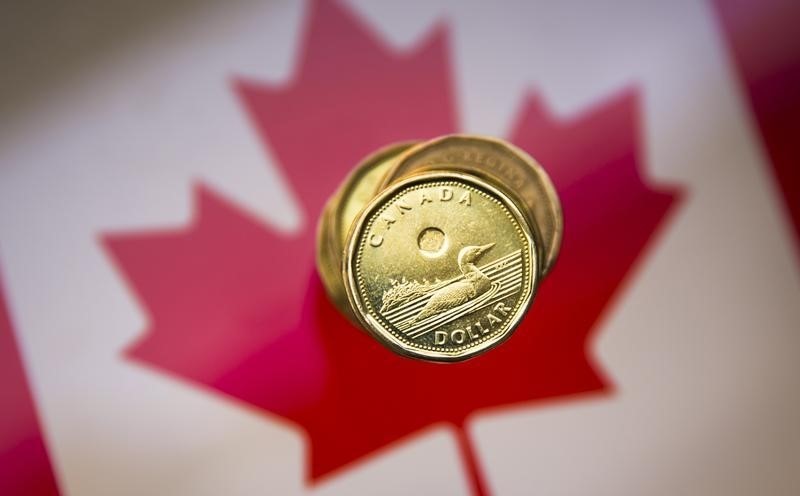Investing.com - The Canadian dollar rose to three week highs against its broadly weaker U.S. counterpart on Tuesday after stronger-than-expected domestic retail sales data and as prices of oil, a major Canadian export, rose.
USD/CAD was down 0.55% at 1.3275 by 09.30 ET, the lowest level since February 28.
Retail sales jumped 2.2% in January, the largest increase in almost seven years, boosted by auto sales, Statistics Canada said. Economists had expected a 1.1% increase.
Coming after strong wholesales trade and manufacturing figures for January the report reinforced the view that the Canadian economy started 2017 on a strong footing.
The loonie, as the Canadian dollar is also known, received an additional boost as oil prices rose on the back of expectations that OPEC-led output cuts, aimed at curbing a global supply glut would be extended past June.
The greenback remained broadly weaker, pressured lower by the view that the Federal Reserve won’t speed up the pace of monetary tightening.
Chicago Fed President Charles Evans said Monday the Fed is on track to raise rates twice more this year, underlining the view that the central bank will stick to a gradual pace of tightening after last week’s rate hike.
The dollar was also on the defensive after G20 financial leaders dropped a pledge to keep global trade free and open from a policy statement at the weekend, following opposition from the increasingly protectionist Trump administration.
The move renewed uncertainty over U.S. trade relations and by extension the Trump administration’s concerns over the strong dollar.
The U.S. dollar index, which measures the greenback’s strength against a trade-weighted basket of six major currencies, was down 0.57% at 99.59, its weakest since February 3.
